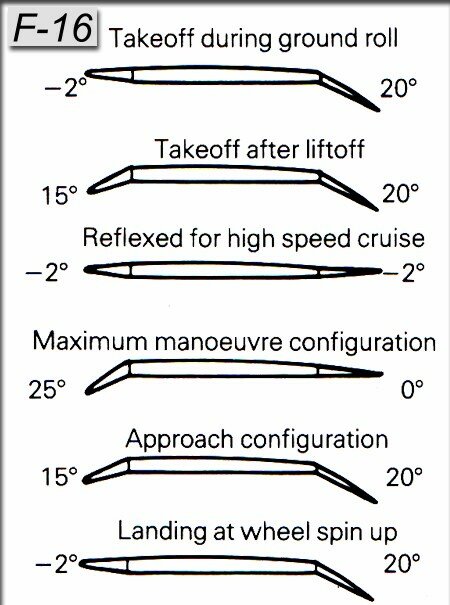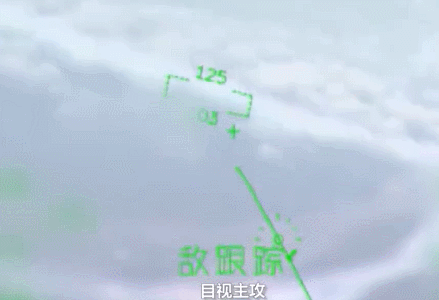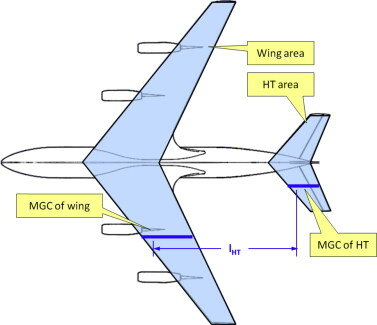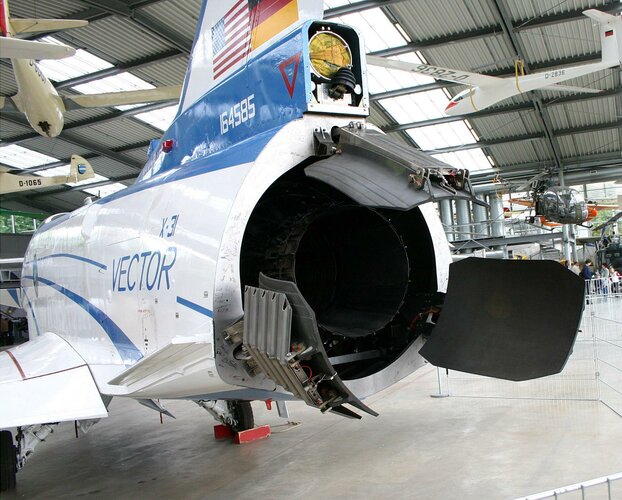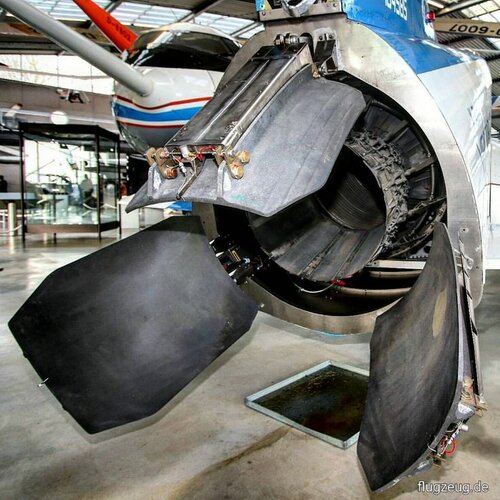It's often conventional wisdom that the center of gravity of aircraft needs to be in front of the center of lift - that is to ensure stability, since assuming a departure from level flight would increase lift, and that would push the aircraft back to a horizontal position. The disadvantage of this scheme, is that the elevator needs to produce a downwards lift to counteract the effects of the wing, reducing overall efficiency. That's one of the touted advantages of canards, as are in front of Cl and contribute to lift rather than detracting from it.
At least that's how the basics are supposed to work. But I feel like applying Cessna 172 wisdom to advanced airframes of jet fighters might be a perilous exercise. My question is - what's the case for actual, flying airframes of things like 5th gen jets (or all of them)? I believe this natural stability is not needed when you have unstable airframes anyways, and I can't help but notice those big honking paddles on planes like the F-35, do they also reduce lift.
CoG ahead of the CoL makes for a naturally stable air vehicle. Think of a dart. It has the tail surfaces behind the center of mass and if you throw it normally it tracks straight. However, if you throw the dart backwards it flips around rapidly so that the tail feathers are behind the center of mass. Also, I don't know if you tried this, but we did as kids. Did you ever try to ride a bicycle backwards? We did. The thing we noticed was it was difficult to keep it going straight and when you turned it turned rapidly. I point this out because this has always been the dilemma of fighter aircraft designers.
When it comes to the classic fighter aircraft, we want something extremely responsive, that turns on a dime. However, fighter aircraft only spend a little bit of their flight time actually fighting. So when it isn't fighting, we want it to be stable. The reason for this is it lessons the work load on the pilot. For instance, the Hawker Hurricane and the Douglas F4D-1 Skyray are unstable aircraft in pitch. This was done to make them very maneuverable. However, it made them taxing to fly for long periods of time on patrol because the pilot was constantly working to keep them flying level. Now you might be surprised to learn that we had unstable aircraft, but they were just barely unstable, so a pilot was able to respond quick enough to control them. Even the P-51D when it had the fuel tank behind the cockpit filled up was unstable until it burned the fuel out of that tank.
So, as designers, we've always wanted the best of both worlds. An aircraft that is stable in transit and unstable in combat. The first aircraft I'm aware of that tried to achieve that was the Curtiss XP-55 Ascender. It was basically designed as a flying wing/tailless aircraft that had a canard added for when maneuvering in pitch. The idea being when the pilot made a pitch input with the stick, the aircraft would diverge in the corresponding pitch direction, but as soon as he neutralized the stick, the canard would just weather vane with the free stream airflow. It was quite innovative and well ahead of it's time. Unfortunately, due to friction in the control system, there was too much of a lag in response time that actually made it that much more difficult to control.
With the advent of flight control computers designers started thinking about relaxed static stability. They could design a very unstable aircraft, but the flight control system would have the reaction time required to keep the aircraft statically stable without pilot input. i.e., the computers fly the plane and the pilot just tells it which way to point. That way the FCS is doing the work of keeping the plane stable without increasing the workload on the pilot. Although, the pilot wouldn't even be able to respond fast enough without the FCS to control the aircraft. But it meant the plane, from the pilot's point of view, could be stable in transit and still have incredible agility/ maneuverability in combat.
The first aircraft to have such a system, that I'm aware of, is the Russian Sukhoi T-4. They obviously didn't do it for maneuverability, so my guess is they did it to minimize trim drag at its supersonic design point. So, the aircraft was most likely slightly stable at that speed, but once it was subsonic, it would be unstable in pitch. In which case it would need an FCS to control the RSS at subsonic speed.
The next aircraft to have such a system applied as a major factor in the design of the aircraft, to the best of my knowledge, was the F-16. The rest, as they say, is history.
So, now to your question. Where is the CoL? Where is the CoM (Center of Mass, also commonly referred to as the center of gravity). Well, the CoL is actually relatively easy to find as it's a function of geometry. Look at the top (plan) view of an aircraft and extend the leading edge and trailing edge lines from both sides until the meet at the center line. Everything within that area is called the reference wing area. Now, from the center line, go 1/4 of the distance from the center line to the tip out from the center line and draw a chord line across the wing parallel with the center line. Once you have that line, and this is rule of thumb, go 1/4 back from the leading edge on that line. Place a point and draw a line perpendicular to the chord line to the center line. Where that line intersects the fuselage is the subsonic center of lift location. Now, if you do the same thing again, but go back 1/2 the distance of the chord on the quarter chord line, you'll find the supersonic center of lift. So, as you can see, the center of lift shifts rearward when transitioning from fully developed subsonic flow to the fully developed supersonic flow. We call the region in between, where there is a mix of subsonic and supersonic flow around the aircraft, the transonic region. Here's a reference with many good diagrams for you.
Wing Design PDF
Now, as for the center of mass, this can be figured out geometrically. I say that because it partly depends on the aircraft requirements and for combat aircraft, the fuel is distributed longitudinally, so it shifts as one burns it off. Also, weapons release will also affect it, but most designers try to keep both as close to the center of mass of the empty vehicle as possible to avoid large trim changes. Which is also why jets tend to have transfer tanks and fuel pumps to shift the fuel load as it is burned from specific tanks to maintain the center of mass required to keep the aircraft within the required stability range.
With regard to the CoM, we want to keep the center of mass ahead of the contact point on the main landing gear, because if it's behind it, the aircraft would tip back on it's tail. I'm assuming we're referring to only modern aircraft with tricycle landing gear arrangements. So for land based combat aircraft the center of mass tends to be between ten to fifteen degrees ahead of the MLG. Basically, draw a vertical line from where the main wheel touches the ground to the center line of the aircraft. Now, from the contact point where the wheel intersects the ground, draw another line, with the contact point as the fulcrum, tilted ten degrees forward from the vertical line. Next, draw another line just like that tilted fifteen degrees forward from the vertical line. The CoM will usually be within the range between those two lines.
The reason it is like that, is we don't want the tails to have to be really big to lift the nose off of the ground on take-off. The further forward the CoM is from the landing gear the bigger the tail, or the further back from the MLG it has to be, to lift the nose for take off. Or you need a higher take-off speed to get the nose up if the tail doesn't get larger. We also don't want the center of mass to be so close to the MLG that when the aircraft rotates nose up for take off or landing that the center of mass is directly above the contact point or behind it. Otherwise, the aircraft could end up stuck on it's tail since as the plane rotates, the cent of mass will get closer to MLG contact point.
One of the major exceptions to this are naval aircraft. They usually have the CoM around twenty degrees ahead of the MLG. The reason for this is aircraft carriers tend to pitch and roll in heavy seas and they park many of the aircraft with their tails near or hanging over the edges of the aircraft carrier. As the carrier rolls in the heavy seas, the last thing they want is an aircraft that isn't tied down having it's CoM get behind the MLG contact point and tipping off of the aircraft carrier. That does mean on land naval aircraft typically have longer landing and take off rolls as a result, but navies are alright with this situation as their aircraft are designed to be launched from a carrier and use the hook to stop on landing.
So, using those two methods, you will be able to determine the relative position of the CoL wrt to the CoM.


